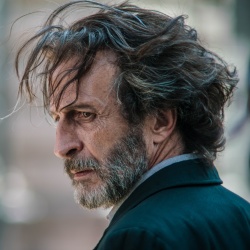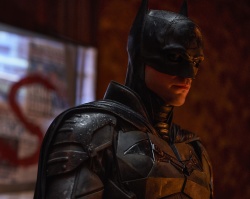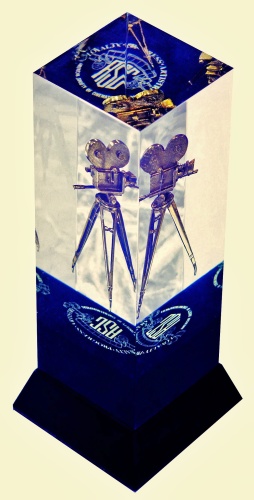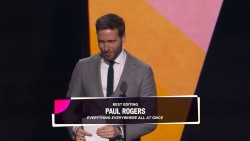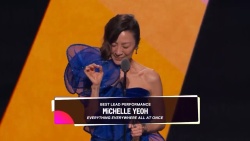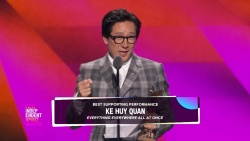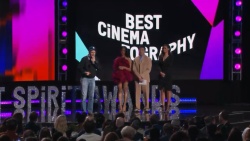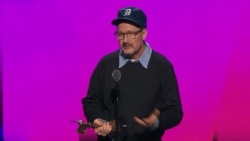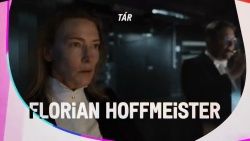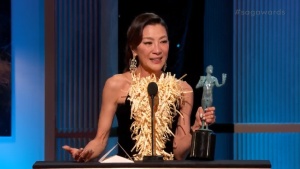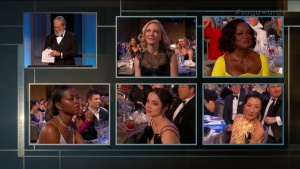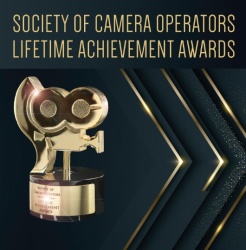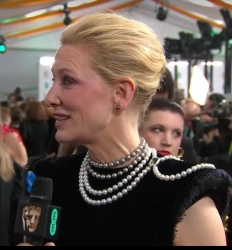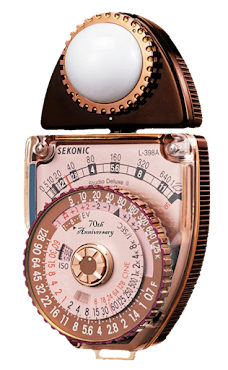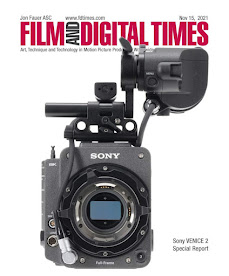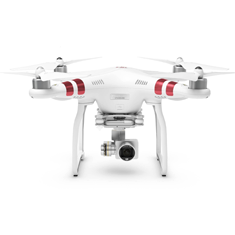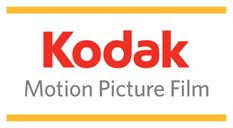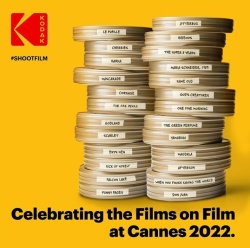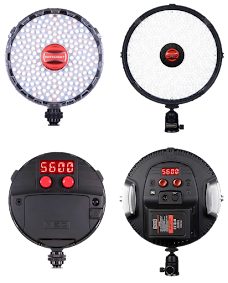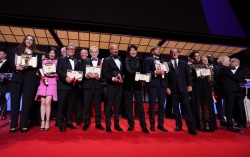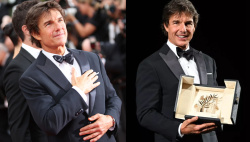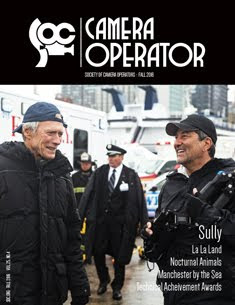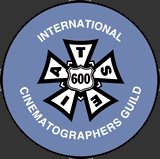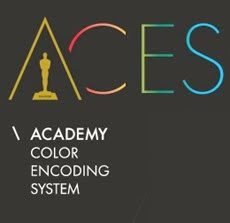The towering Taj Mahal mausoleum with its domed marble tomb is part of an integrated complex consisting of gardens and two red-sandstone buildings surrounded by a crenelated wall on three sides.The principal mausoleum was completed in 1648 and the surrounding buildings and garden were finished about five years later.
Before Shalimar was a perfume, it was a garden of love," says the advertisement. Guerlain's most famous perfume created by Jack Guerlain in the 1920s is named after the splendid Shalimar Gardens near Lahore, present-day Pakistan. He took inspiration from the love story of the Indian emperor and his beloved wife to create this refined oriental fragrance.
It is a true story that has become a legend. Now, Shalimar it is also the signature perfume created by Jack Guerlain in the 1920s. He took inspiration from the love story of the Indian emperor and his beloved wife to create this refined oriental fragrance.
To promote its iconic fragrance, Guerlain released a new epic television spot, featuring the Russian top model Natalia Vodianova who has been representing the brand since 2009. The long-form television advertisement is called appropriately, The Legend of Shalimar
Guerlain tapped director Bruno Aveillan and Quad to bring this timeless romance to life. The epic project required a crew of over 100 creative technical people and the film was shot on locations all over India, from Jaipur for the Jaigarh Fort and Mawtaw Lake, to Upaipur for Badi Lake and its mountains with white marble dust that conjure the illusion of snow, to the Himalayas, and of course, to the Taj Mahal in Agra.
The stunning visuals were captured by cinematographer Patrick Duroux, AFC using the Phantom camera for special effects plates and the live beauty sequences film were shot in 35 mm negative using anamorphic lenses to capture the sweeping vistas and exotic locations These techniques allowed Bruno to retain his keen aesthetic sensibility and blend seamlessly with the visual effects by Digital District.
This mix of techniques is seen on full display in the breathtaking final scene of the Taj Mahal
rising from the water, which was filmed in Agra and then integrated with images from a lake in Rajasthan. The evocative score "Chevaliers de Sangreal" was composed by legendary Hans Zimmer. The Beijing-born costume designer Yiqing Yin who designed Audrey Tautou’s 2013 Cannes Film Festival dress, also took part in the film’s production. The long form TV spot premiered in Paris and was shown throughout internationally on TV and in cinemas garnering many awards and accolades.
La Jolla Fashion Film Festival, the global marketplace of fashion film production and distribution, will present a Bruno Aveillan retrospective on July 25, 2014. La Jolla Film Festival will be hosting the premiere film retrospective of one of the most sought after luxury commercial film directors in the world – Paris based Bruno Aveillan. From his ground breaking work with his Louis Vuitton “Journey” series to his globally acclaimed films for Cartier and Guerlain, Bruno Aveillan is truly at the pinnacle of fashion film production.






























































